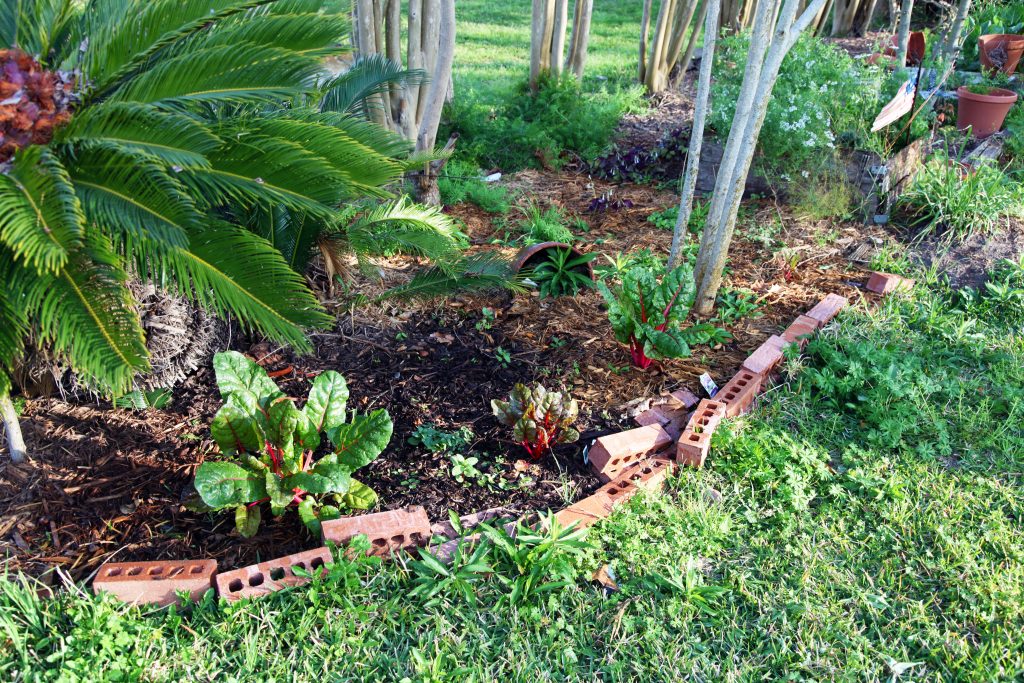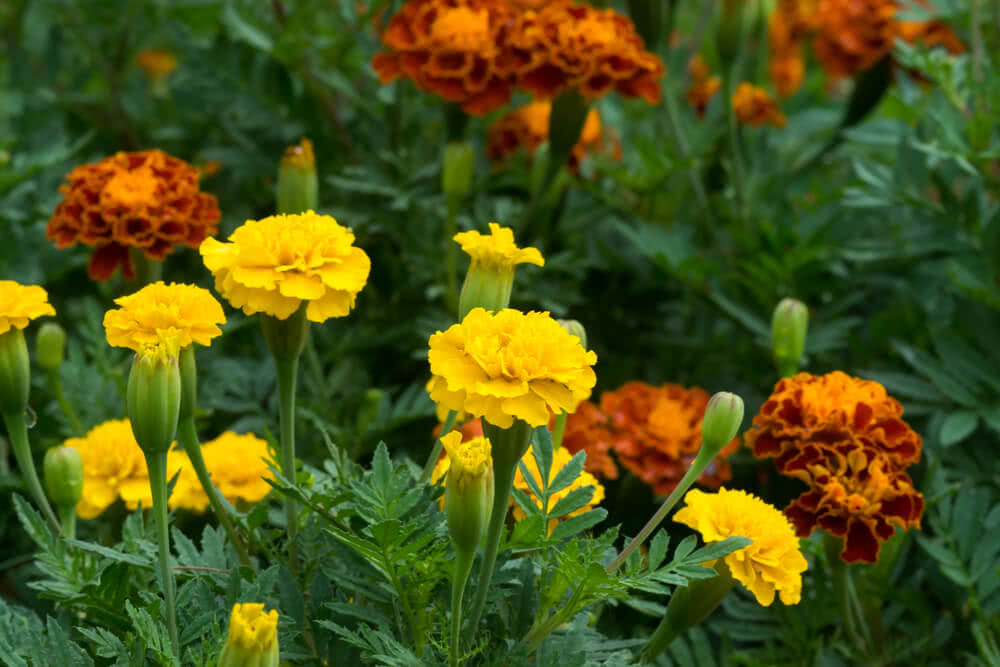|

This article was updated on 03/01/20.
Many people put in their vegetable gardens every year and do their best to do the proper fertilization, watering, and weeding. Yet, no bounty for the table. It might be that the neighboring plants are the wrong types.
Some vegetable plants will benefit their neighbors; others will hinder their growth and yield. The answer is to plant correctly paired species. Sometimes even certain flowers will provide great benefits. This applies to both traditional and raised bed gardens.
First, Plan Your Garden
To take advantage of companion agriculture in order to get more bang for your buck, you first need to choose which vegetables and then mate them up with something else you want to bring to the table.
Personally, I choose the things that I love to eat but are either hard to find or expensive. For example, so far this year I’ve put in tomatoes, basil, strawberries, Brussels sprouts, rosemary, and chocolate mint (goes great in my espresso grounds).
As a side note, it never hurts to have fruit trees. When they are blossoming, that means more bees which will also pollinate your vegetables. My “mini-orchard” contains two fig trees, a plum tree, a Republic of Texas orange, a mandarin orange, a Sam Houston peach, a mulberry tree, and an improved Meyer lemon. All organic.
Recommended Companion Plants
There are a lot of popular plants that have plant friends. Let’s look at some of the most popular.
Asparagus. Good with basil, tomatoes, and parsley. Asparagus in the home garden is a good investment, it is low-maintenance, less expensive than at the store, and a bed will produce for years.
Basil. Good for most garden crops except rue. It improves the growth and flavor of many vegetables, especially tomatoes and lettuce.
Beets. Plant with broccoli, Brussels sprouts, cabbage bush beans, onions, cauliflower, chard, and kohlrabi.
Bush Beans. They like cauliflower, cucumbers, corn, beets, potatoes, carrots, cabbage, strawberries, catnip, marigolds, and savory. Why catnip if you don’t own a cat? It repels flea beetles.
Brussels Sprouts and Broccoli. Good friends of thyme, mint, chamomile, dill, hyssop, beets, buckwheat, onions, rosemary, sage, wormwood, marigolds, nasturtiums, calendula, carrots. But not strawberries.
Cantaloupe. Likes sunflowers and corn, but not potatoes.
Carrots. Plant near cabbage, chives, early potatoes, leeks, salsify, wormwood, peas, radishes, rosemary, lettuce, onions, and sage.
Corn. Compatible with early potatoes, melons, beans, cucumbers, soybeans, squash, peas, and pumpkins .
Cucumbers. Plant near cabbage, corn, radishes, sunflowers, early potatoes, and beans. Not compatible with late potatoes.
Eggplant. Pair up with beans and marigold. Avoid potatoes as companions.
Onions. They like the companionship of beets, carrots, strawberries, tomatoes, summer savory, and cabbage. Avoid beans and English peas.
Parsley. Great with asparagus and tomatoes.
Soybeans. The ideal plant. They work with and help anything.
Squash. Good with corn, radishes, marigolds, and nasturtium. Not friendly with Irish potatoes.
Tomatoes. Works well with onions, marigold, asparagus, cucumbers, basil, carrots, and parsley.

More gardening tips
There are many other things to tip a generous harvest in your favor. This spring I took up rainwater harvesting for garden and tree watering. There are two main reasons that this is a good idea in my humble opinion. First, rainwater is free. Secondly, plants prefer the Ph in rainwater as compared to tap water.
Another good tip is to apply beneficial nematodes to your lawn and garden during the spring. On your lawn they will eliminate fleas without using pesticides. In your garden they will organically control sod webworms, cutworms, maggots, various types of ants, and many more. Pesticides are a bad idea; they kill beneficial ladybugs. They will also kill the earthworms that keep your garden soil aerated. Also, pesticides are taken up by the plant roots and kill the microscopic microbes that keep the roots healthy. Eventually, those toxins will make their way to your dining room table.
Did this post on companion planting for your garden help you? If so, feel free to share the link with your friends and your social media contacts.

Looking for more great content? Visit our partner sites:
I offer article and blog-writing services. Interested? Hire Me!
Did you find this article helpful? Thanks for supporting this free site with a small donation!
Visit Kelly’s profile on Pinterest.
About the author:
 Kelly R. Smith is an Air Force veteran and was a commercial carpenter for 20 years before returning to night school at the University of Houston where he earned a Bachelor’s Degree in Computer Science. After working at NASA for a few years, he went on to develop software for the transportation and financial and energy trading industries. He has been writing, in one capacity or another, since he could hold a pencil. As a freelance writer now, he specializes in producing articles and blog content for a variety of clients. His personal blog is at I Can Fix Up My Home Blog where he muses on many different topics.
Kelly R. Smith is an Air Force veteran and was a commercial carpenter for 20 years before returning to night school at the University of Houston where he earned a Bachelor’s Degree in Computer Science. After working at NASA for a few years, he went on to develop software for the transportation and financial and energy trading industries. He has been writing, in one capacity or another, since he could hold a pencil. As a freelance writer now, he specializes in producing articles and blog content for a variety of clients. His personal blog is at I Can Fix Up My Home Blog where he muses on many different topics.




Where can I get those nematodes of which you speak? I asked at the Home Depot garden center and they said huh?